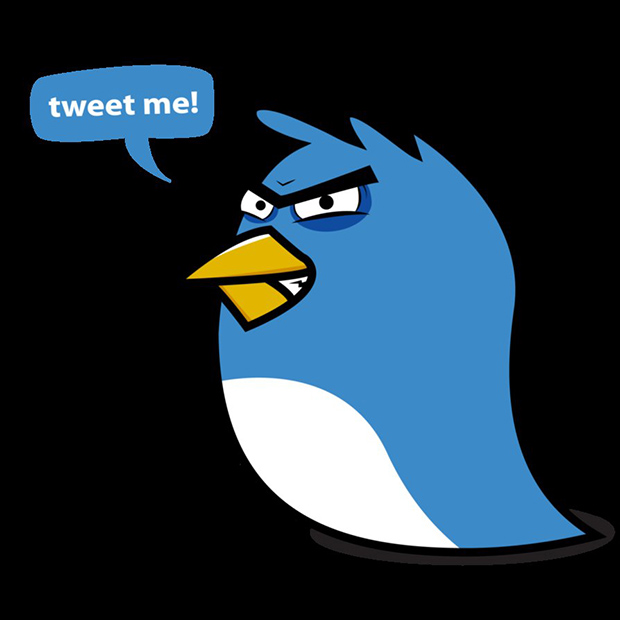I don’t really actively go on Twitter that much — I send tweets from it and use it periodically, sure, and most mornings I realize I have about three less followers than I had the morning before and I think to myself Man, I’m the worst — but I do read a lot of different stuff about Twitter and how it works. I even have some of my own theories, like whether followers really matter or how things stand out or whether there’s a tipping point in the future.
As such, this was an interesting article to me about Twitter and how it “feels angry.” Some of this is logical — for example, when you have a face-to-face conversation with a person, there are certain aspects of that person’s demeanor/body language that tell you how far you can go or whether you need to pull back with some comments. Twitter is absolutely nothing like this; rather, it’s essentially a bunch of headshots and pithy observations scrolling past you. So you have no idea whether what you just said made a person flinch, twitch, cry, etc, etc. The context of the dialogue is totally shifted, so it’s logical that things could get to an angry or heated place faster than they would in a real-life, face-up scenario.
But as Fast Company notes:
None of that is particularly new knowledge. But there is one more wrinkle worth considering: Some evidence shows that angry tweets actually perform better than any other kind of emotion, and it’s the reason the term “Twitter outrage” exists in the first place. In 2013, researchers from Beihang University in Chinatracked 70 million messages from 200,000 users on Weibo (which is kind of like Twitter) to figure out what kinds of emotions were most viral. Messages associated with sadness or disgust, perhaps unsurprisingly, did not spread very well. Happy or joyful Weibo messages performed slightly better, but still did not perform as well as anger. On average, angry Weibo messages had an average reach of three degrees.
Three degrees is pretty good when distinguishing by emotion.
Consider this, then:
1. Most “breaking news,” for better or worse, is bad news. Very few times will you see “Breaking News: Firefighter saved kitten.” More often, it’s “Breaking News: Celebrity Died and Plane Crashed, At Same Moment.”
2. It’s much easier to get angry about bad news, especially news with a very slanted perspective (racial issues, gender issues, politics, etc.)
3. See how this all works? Often, things that can go “viral” are, in fact, powered by anger — even though the prevailing idea we discuss is that they’re powered by emotion and connection. Things will move faster, though, if some degree of anger is behind them — especially on the social web.
4. If you add all this together, here’s the deal: social media, while neutral and boring in a good deal of cases, is somewhat equivalent to the “river of hate” in Ghostbusters II.
This shouldn’t really surprise anyone, honestly.
